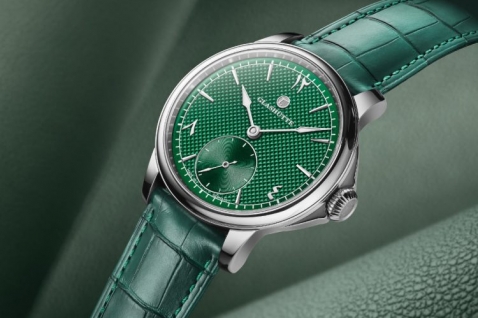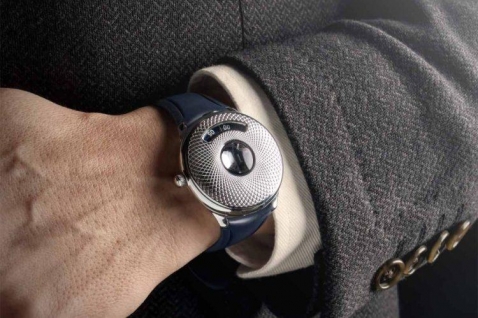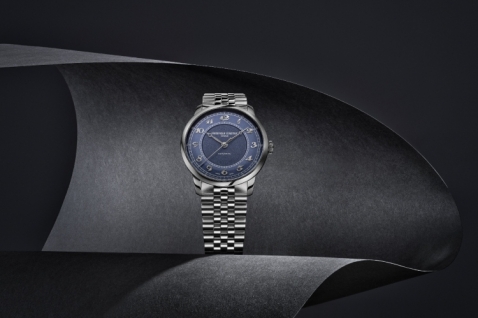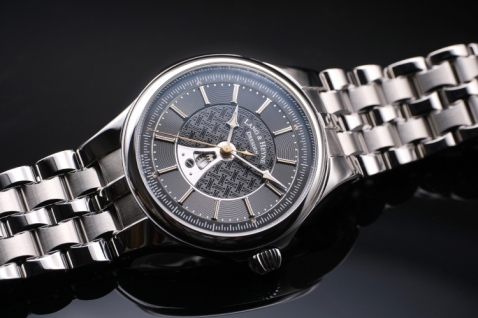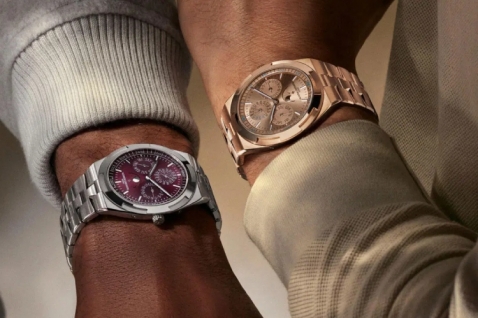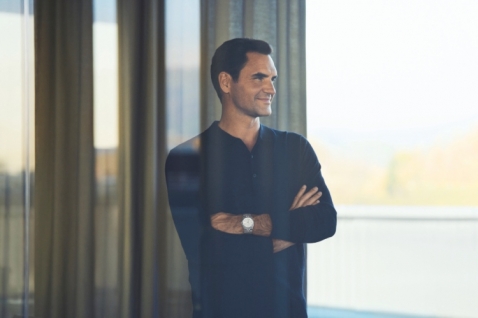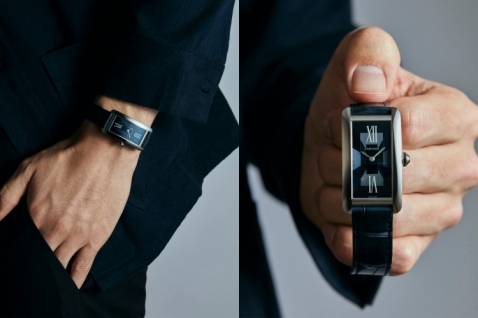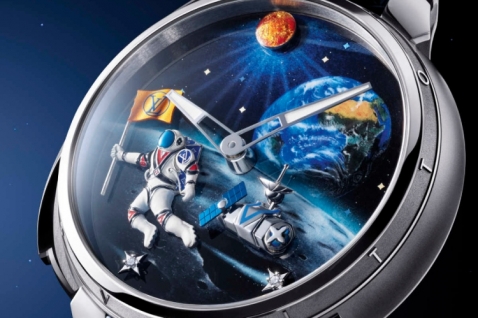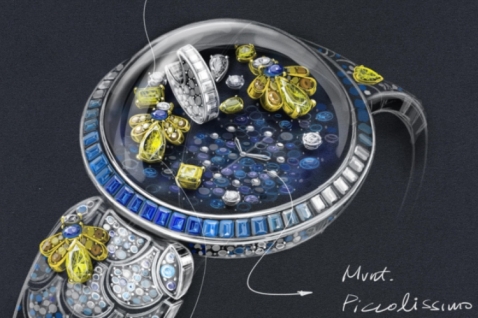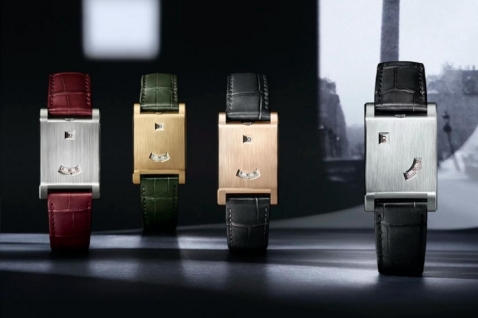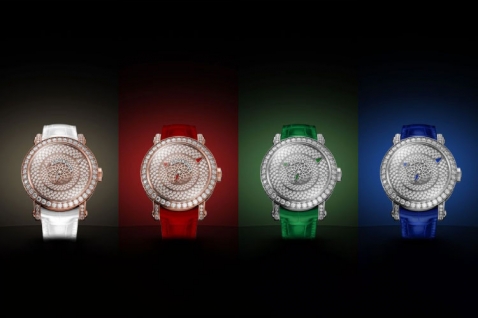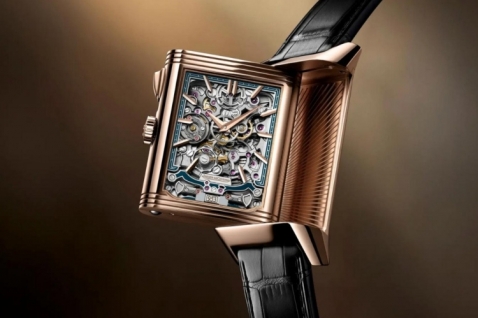Humanity has always been obsessed with timekeeping. For thousands of years, different human societies have used various methods of measuring time...
From the sundial to obelisks in ancient Egypt, there have been many attempts to accurately keep time. Today, that’s led us to atomic clocks and most people wearing a watch. But how did watches evolve? Read on to find out.
The beginning of the watch
Watches first began to emerge in the 15th century. This was due to the creation of the mainspring watch part around this time. It’s a wound-up piece of metal ribbon that could be used as the power source behind watches. This meant that small watches could be wound up, allowing them to function for hours at a time. The beginning of the watch emerged around this time with clockmaker Peter Henlein beginning to create the first clock watches. This popularised the idea of carrying around a portable timekeeping device, and the history of the watch begins from there.
The history
From these origins, the history of the watch developed. From Henlein’s portable watches, the popularity of waistcoats eventually drove the development of the pocket watch in the 17th century. These were designed to fit snugly into a waistcoat pocket and were furnished with ornate designs, making them a fashion accessory as much as a timekeeper. Indeed, there were great disparities between the times each individual watch would display. At this stage, watches weren’t useful for ensuring you arrived at events punctually. However, by the 1800s, as the importance of timeliness grew, watchmakers began making cheaper options. The Ingersoll Dollar Watch made watches affordable for the average working person and they began to make a transition from accessory to timekeeping device.
The evolution of the watch
Watches evolved further from here though. Pocket watches began to move to the wrist as people wanted to check their device more frequently to remain punctual. This paved the way for the wristwatches we know today. Electronic clocks allowed for uniform, precise timekeeping. And as building materials became cheaper, we moved closer to the internet-connected fitness watches that we know today. If you’re interested in seeing where the evolution of watches has taken us, you can look through second-hand Tag Heuer watches today. This can give you access to an excellent deal while allowing you to enjoy a stylish, modern watch.
Watches have come a long way since the 15th century. From pocket watches to our connected fitness watches today, it’s been a long journey. If you haven’t got a watch it’s well worth following history and picking up one today.



